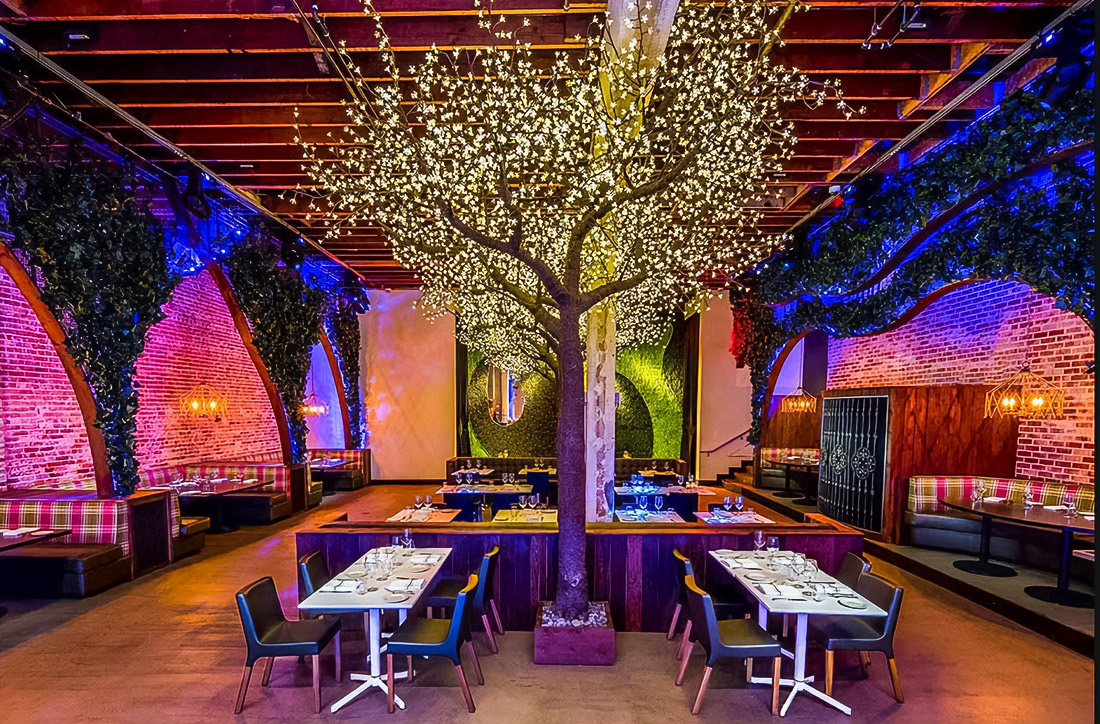Minimalism in design: strengthening emotional connection through simplicity
In a rapidly changing world, design and minimalism rose on a pedestal not just as style but also as a whole philosophy, conquering the hearts of thousands of designers and users. This not only strives for simplicity but also a deep belief that awareness of the importance of each element leads to a clearer perception. Rejection from excess allows space to be created where each component plays a decisive role in achieving the goal. How does minimalism help create stronger emotional connections with users, turning simple interfaces into tool interaction on an emotional level? Find out more about minimalism by visiting Greatlist.ae.
Fundamental principles minimalist design

Minimalism is based on several key principles, which make it an exceptional tool for creating emotional interaction:
- Simplicity: This main element minimalist design. The simple design allows users to focus on the main without distractions. Quick examples: interfaces Google or Instagram, where important simplicity and immediacy.
- Functionality: Each element must carry its meaningful function. Remember the success of the iPhone, where the functionality of each component determines user experience.
- Purity lines and space: Spaces and lines create a sense of calm and visual clarity, as implemented in residential spaces by famous architect Tadao Ando.
Psychology perception: how minimalism captures attention

Minimalist design deeply influences psychology perception, providing greater stimulus for emotional reaction. Research shows that minimalism reduces cognitive load, allowing users to process information faster and easier. In conditions currently overloaded with information, exceptional simplicity promotes focus and a clear message, be it interface site or design interior space. More about cognitive load can be read on WikiPedia.
Live examples and inspiring cases

Minimalism successfully applied in most different areas of design:
- Architecture: Works Tadao Ando, using concrete and glass, create space for emotional experience. Example — Chichu Art Museum on the island of Naoshima in Japan with its light effects and simple forms.
- Web design: Such companies, such as Apple and Google, develop interfaces, allowing focus on content and accessibility information. More than 75% of users at Apple noted the intuitiveness of their interfaces.
- Graphic design: Minimalism focuses on main elements, such as color and form, for clarity and memorability. Campaign Nike’s “Just Do It” is an excellent example of laconic design with a powerful message.
Advantages and challenges minimalism

Using a minimalist approach offers significant advantages:
- Depth perception: Focus on main enhances perception, as noted in the research, where 70% of users prefer simple interfaces.
- Reduction cognitive load: Minimalism provides ease of perception of information, which makes it popular in conditions of information noise.
- Sense calm: Harmony and balance, laid in minimalism, contribute satisfaction and calm.
However exists and certain share challenges, such as:
- Risk boredom: Incorrect interpretation of minimalism can lead to the design being perceived as boring.
- Loss functionality: Excessive simplification can lead to inconvenience in use.
Practical implementation: recommendation for successful design
For the implementation of a minimalist approach in design, it is necessary to consider several important recommendations:
- Determine purpose each element: Clear understanding function will help avoid excesses.
- Setting clear priorities: Focus on simplicity and avoid unnecessary details.
- Orientation on psychology perception: Your design must actively contribute positive emotions and be protected from overload.
- Constant testing and improvement: Regular optimization will ensure effectiveness and satisfaction users.
Minimalism as tool binding emotions
Minimalism — this is not just aesthetics; this is a powerful lever for building strong emotional connections. Implementation elements minimalism creates not only visually pleasant but also psychologically justified elements interfaces. Providing a reduction of cognitive load and a sense of well-being, minimalism has repeatedly demonstrated its strength in successful companies such as Apple and Google, and it continues to influence many areas, from interiors to digital platforms. Think about how you can use minimalism to create a more harmonious and emotionally rich space around yourself. Find out more about design on ResearchGate.
Hello! My name is Michael Thompson, and I am an entrepreneur from Canada who opened my business in Dubai. The UAE is known for its dynamic economy, favorable environment for investors, and innovative business landscape. After many years of dreaming about my own business, I decided and launched my company here.

